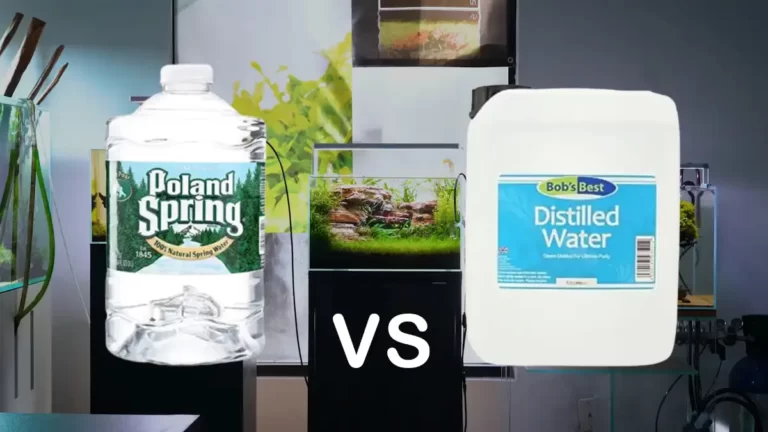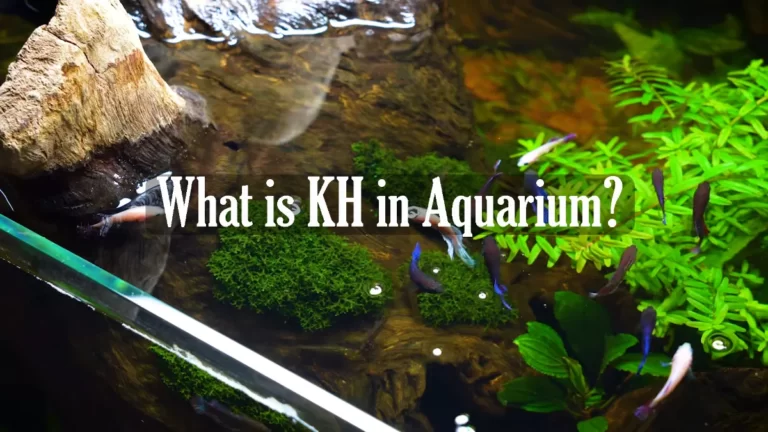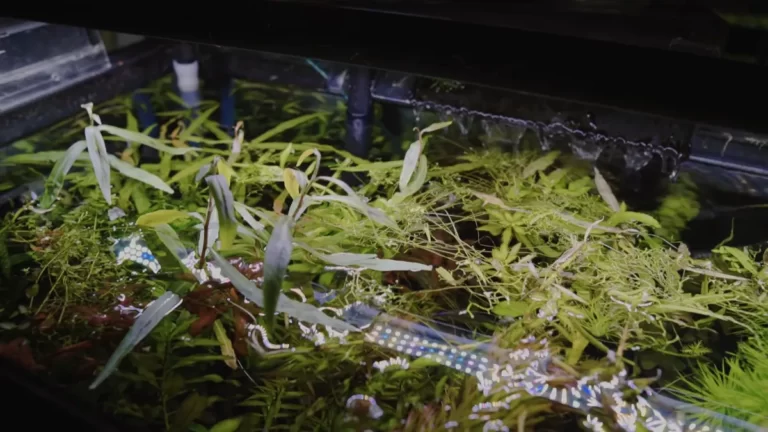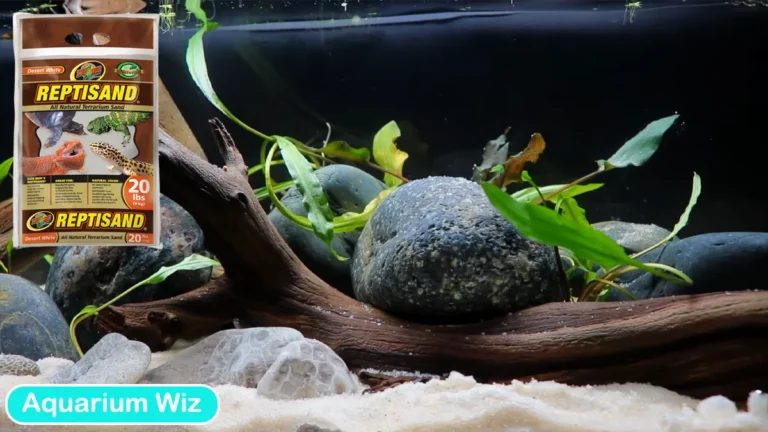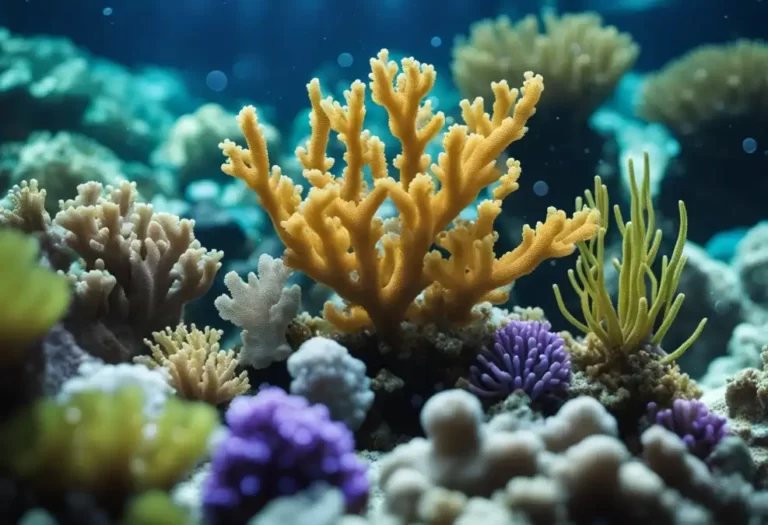20 Gallon Saltwater Tank Setup: A Comprehensive Guide
A 20-gallon saltwater tank can make a beautiful addition to any home. However, setting up and maintaining a saltwater tank can be a challenging task. Proper preparation and equipment are crucial to ensure the health and well-being of the tank’s inhabitants.
From selecting the right equipment to mastering water chemistry, we’ll provide you with expert insights and tips to ensure that your saltwater tank not only flourishes but becomes a captivating centerpiece in your home.
Quick Glance:
- Setting up a saltwater tank requires proper preparation and equipment.
- Saltwater tanks require more complex maintenance than freshwater tanks.
- A 20-gallon tank can be a suitable size for a beginner’s saltwater tank, but it’s important to choose the right equipment and livestock.
Whether you’re a novice or a seasoned aquarist, this guide will be your compass in the enchanting world of saltwater aquariums.”
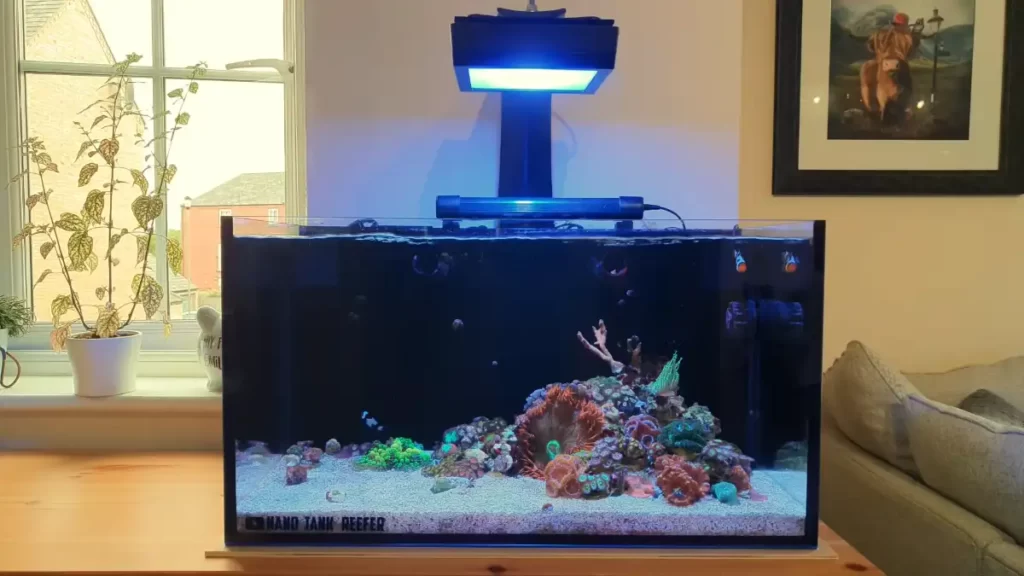
Understanding Saltwater Tanks
Saltwater tanks require a bit more effort and maintenance than freshwater tanks, but they can also be more rewarding. Before setting up a saltwater tank, it’s important to understand the basics of what you’re getting into.
Importance of Size
The size of your saltwater tank is important for several reasons. First, a larger tank will provide more stability for your fish and other aquatic life. It’s also easier to maintain water quality in a larger tank, as there is more water volume to dilute any toxins that may build up.
For beginners, a 20-30 gallon tank is a good starting point. It’s large enough to provide a stable environment, but not so large that it becomes overwhelming to maintain.
Types of Saltwater Tanks
There are several types of saltwater tanks to choose from, each with their own benefits and drawbacks. Here are the most common types:
Fish-Only Tanks
Fish-only tanks are the simplest type of saltwater tank. As the name suggests, they only contain fish and do not have any live rock or coral. These tanks are a good starting point for beginners, as they require less maintenance than other types of saltwater tanks.
FOWLR Tanks
FOWLR stands for “Fish Only With Live Rock”. These tanks contain both fish and live rock, which provides a natural filtration system for the tank. FOWLR tanks are a good choice for those who want to keep a variety of fish, but don’t want the added maintenance of a reef tank.
Reef Tanks
Reef tanks are the most complex type of saltwater tank. They contain live rock, coral, and a variety of other invertebrates. Reef tanks require a lot of maintenance, as the water quality needs to be closely monitored to ensure the health of the coral and other aquatic life.
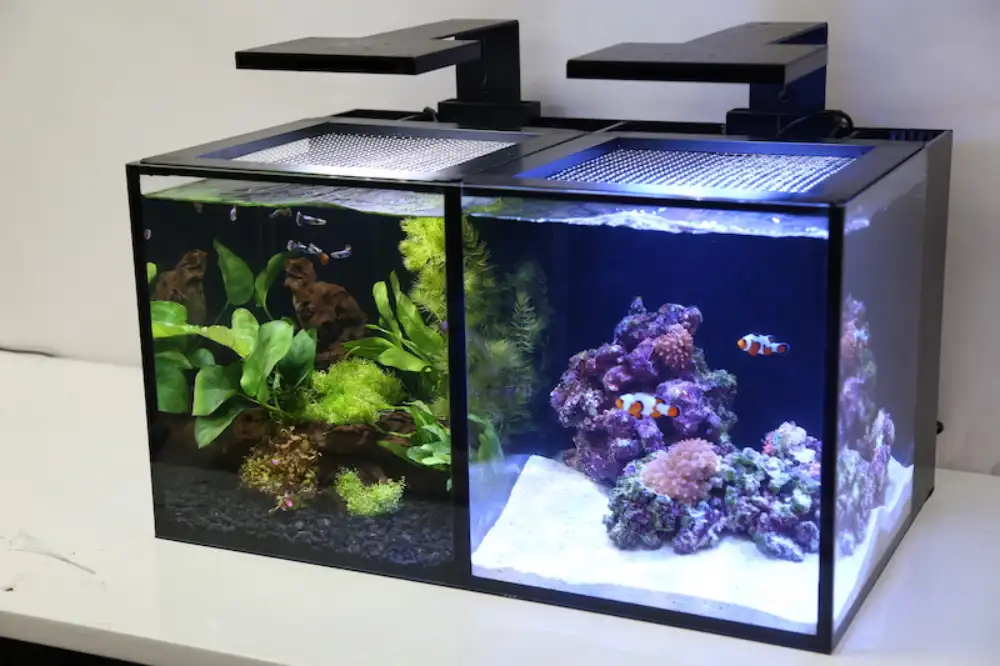
Overall, understanding the size and type of saltwater tank you want to set up is crucial for a successful and rewarding experience.
Read More: 180-Gallon Reef Tank Setup: A Complete Guide
20 Gallon Tank Specifications
Dimensions
A 20-gallon tank is a popular choice for those who want to start a saltwater aquarium. The standard dimensions of a 20-gallon tank are 24 inches in length, 12 inches in width, and 16 inches in height. However, it is important to note that the exact dimensions may vary depending on the manufacturer.
Material
Most 20-gallon tanks are made of glass or acrylic. Glass tanks are more affordable and scratch-resistant, but they are also more fragile and heavy. Acrylic tanks, on the other hand, are more expensive but are lighter and more durable than glass tanks. It is important to choose the right material based on your budget and needs.
When selecting a 20-gallon tank, it is essential to consider the dimensions and material to ensure that it fits your space and meets your requirements.
Equipment Needed
Setting up a 20 gallon saltwater tank requires some essential equipment to ensure that the fish and corals thrive in their new environment. Here are the equipment that one needs to set up a 20 gallon saltwater tank:
Filtration System
A filtration system is essential for maintaining the water quality in a saltwater tank. The system should include a mechanical filter to remove debris, a biological filter for beneficial bacteria to grow, and a chemical filter to remove impurities. A sump or a canister filter is an excellent choice for a 20 gallon tank.
Heater
A heater is necessary to maintain the temperature of the water in the tank. The type of heater required will depend on the size of the tank and the room temperature. A 100-watt heater is suitable for a 20 gallon saltwater tank.
Lighting
Lighting is essential for the growth of corals and other photosynthetic organisms in a saltwater tank. LED lights are a popular choice for a 20 gallon tank as they are energy-efficient and customizable. One should choose a light that provides the right spectrum for the organisms in the tank.
Protein Skimmer
A protein skimmer is a device that removes organic waste from the water before it breaks down into harmful compounds. It is an essential piece of equipment for a saltwater tank. A hang-on-back protein skimmer is ideal for a 20 gallon tank.
Setting Up the Tank
Setting up a 20-gallon saltwater tank can be a thrilling yet challenging task for beginners. However, with proper guidance, it can be an enjoyable experience. Follow these sub-sections to set up your tank correctly:
Placement
Before adding water to the tank, it is essential to choose the right spot for it. It should be placed on a sturdy and level surface that can support the weight of the tank, substrate, and equipment. It should also be away from direct sunlight, heat sources, and high traffic areas.
Adding Substrate
Once the tank is in place, it is time to add the substrate. A good rule of thumb is to add one pound of substrate per gallon of water. For a 20-gallon tank, you will need at least 20 pounds of substrate. It is recommended to use live sand or live rock to help establish the biological filter.
Filling Up the Tank
After adding the substrate, it is time to fill up the tank with water. It is recommended to use a high-quality salt mix to prepare the water. The salinity level should be between 1.020 to 1.025. Fill the tank slowly to avoid disturbing the substrate and creating cloudiness.
Installing Equipment
Once the tank is filled, it is time to install the equipment. This includes a heater, protein skimmer, powerheads, and a lighting system. It is essential to choose equipment that is appropriate for the size of the tank and the type of fish and corals you plan to keep.
Water Preparation
Before setting up a saltwater tank, it is essential to prepare the water properly. This section will cover the two crucial sub-sections of water preparation: salinity levels and temperature.
Salinity Levels
Maintaining proper salinity levels is crucial for the health and well-being of marine organisms. The recommended salinity level for a saltwater tank is between 1.020 and 1.025 specific gravity. It is important to note that the specific gravity of saltwater is different from freshwater, and a hydrometer or a refractometer is needed to measure it accurately.
To achieve the desired salinity level, the first step is to mix the salt with freshwater. It is recommended to use a high-quality salt mix that is specifically designed for saltwater aquariums. Follow the instructions on the salt mix package to prepare the saltwater.
Once the saltwater is ready, it is essential to check the salinity level with a hydrometer or refractometer. If the salinity level is too high, add freshwater to lower it. If the salinity level is too low, add more saltwater mix.
Temperature
The temperature of the water in a saltwater tank is critical for the survival of marine organisms. The recommended temperature range for a saltwater tank is between 75°F and 82°F. It is important to maintain a consistent temperature in the tank, as sudden temperature changes can be stressful for the marine organisms.
To maintain the desired temperature, a heater is needed. The size of the heater depends on the size of the tank and the room temperature. It is recommended to use two heaters for larger tanks to ensure that the temperature is consistent throughout the tank.
It is essential to monitor the temperature regularly with a thermometer and adjust the heater accordingly. If the temperature is too low, increase the heat output of the heater. If the temperature is too high, decrease the heat output or turn off the heater temporarily.
Choosing the Right Livestock
When it comes to choosing the right livestock for your 20-gallon saltwater tank, there are several factors to consider. Here are some things to keep in mind when selecting fish, invertebrates, and corals.
Fish Selection
When selecting fish for your 20-gallon saltwater tank, it’s important to consider their adult size, temperament, and compatibility with other fish and invertebrates. Some popular choices for a 20-gallon tank include:
- Clownfish: These colorful and hardy fish are a great choice for beginners. They are relatively small and can be kept in pairs or small groups.
- Gobies: These small, peaceful fish are known for their unique personalities and interesting behaviors. Some species, like the neon goby, can even help control pests like bristle worms.
- Blennies: These small, bottom-dwelling fish are great for adding personality to your tank. They are hardy and come in a variety of colors and patterns.
It’s important to avoid overstocking your tank, as this can lead to poor water quality and health problems for your fish. As a general rule, you should aim for no more than one inch of fish per gallon of water.
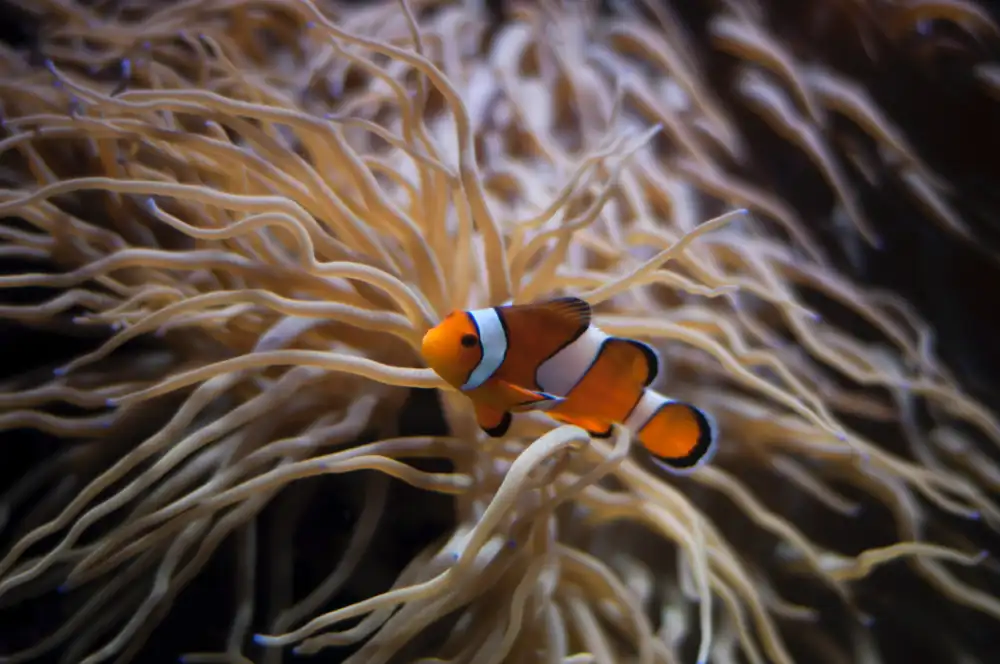
Invertebrates
Invertebrates can add a lot of interest and color to your 20-gallon saltwater tank. Some popular choices include:
- Shrimp: These small, colorful crustaceans are great for adding movement and activity to your tank. They are also useful for cleaning up leftover food and other debris.
- Snails: These hardy creatures are great for controlling algae and other unwanted growth in your tank. They come in a variety of sizes and colors, from tiny dwarf ceriths to large turbo snails.
- Hermit crabs: These small, scavenging creatures are great for keeping your tank clean. They are also interesting to watch as they scuttle around the tank.
When selecting invertebrates, it’s important to consider their compatibility with other animals in your tank. For example, some species of shrimp may be eaten by larger fish, while some species of crabs may attack and kill snails.
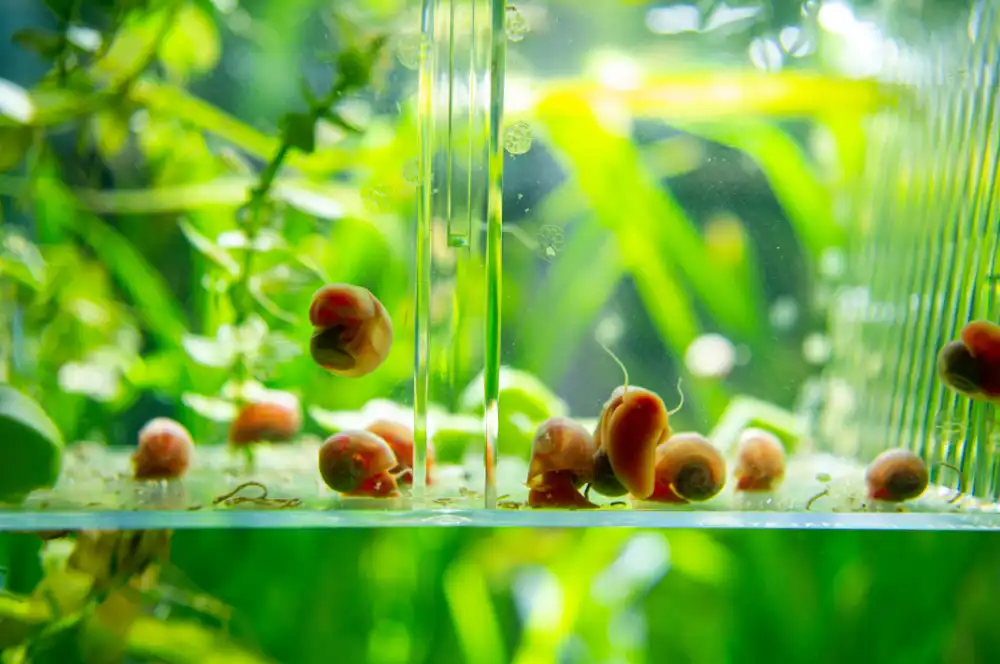
Corals
Corals are a popular choice for adding color and interest to a saltwater tank. Some popular choices for a 20-gallon tank include:
- Soft corals: These corals are easy to care for and come in a variety of colors and shapes. They are great for beginners and can add a lot of interest to your tank.
- LPS corals: These corals are known for their large, fleshy polyps and bright colors. They are relatively easy to care for and can add a lot of visual interest to your tank.
- Zoanthids: These colorful, hardy corals are great for adding a pop of color to your tank. They come in a variety of colors and patterns and are relatively easy to care for.
Related Topics: Coral Care
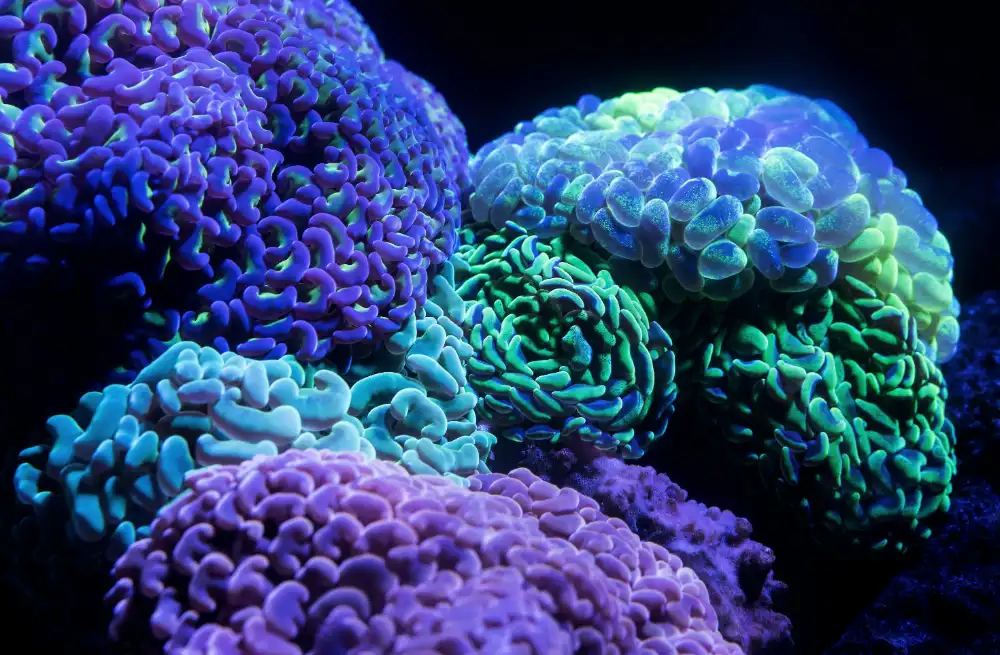
When selecting corals, it’s important to consider their lighting and flow requirements. Some corals require high-intensity lighting and strong water flow, while others may prefer lower lighting and gentler flow. It’s also important to avoid overstocking your tank with corals, as this can lead to poor water quality and health problems for your animals.
Related Post: 50-Gallon Lowboy Aquarium Setup
Tank Maintenance
Maintaining a 20-gallon saltwater tank is crucial to ensure the health and longevity of your aquatic pets. Here are some essential tasks to keep your tank in top condition.
Water Changes
Regular water changes are essential to remove waste, excess nutrients, and harmful chemicals from the tank. It is recommended to change 10-20% of the water once every two weeks. However, if you have a heavily stocked tank, you may need to change the water more frequently.
To perform a water change, siphon out the old water using a gravel vacuum and replace it with fresh saltwater. Make sure the water temperature and salinity match the existing tank water. It is also a good idea to add a dechlorinator to remove any chlorine or chloramine from the tap water.
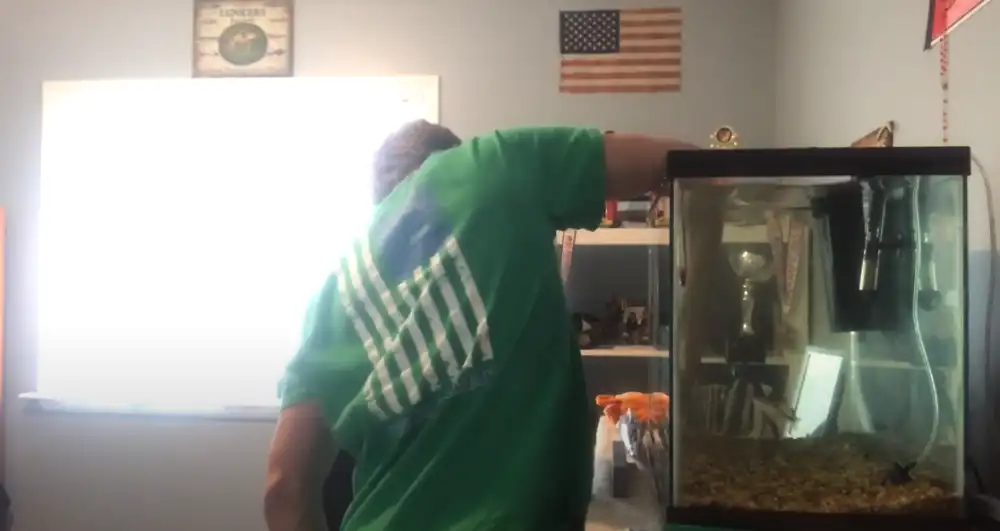
Equipment Cleaning
Regular cleaning of the equipment in your tank is essential to keep it functioning correctly. Here are some cleaning tasks you should perform:
- Clean the skimmer collection cup once a week to remove any buildup.
- Clean or replace the filter socks once a week to prevent clogging.
- Clean the lenses on the lights once a month to ensure maximum light penetration.
Health Check
Performing a regular health check of your tank inhabitants is essential to identify any potential health issues early. Here are some things to look out for:
- Check for any signs of disease or injury on the fish and coral.
- Monitor the behavior of your pets to ensure they are active and eating well.
- Test the water parameters regularly to ensure they are within the ideal range.
By following these maintenance tasks, you can ensure that your 20-gallon saltwater tank remains healthy and thriving.
Frequently Asked Questions [FAQs]
What equipment do I need to set up a 20-gallon saltwater tank?
You’ll need a quality aquarium tank, a reliable filtration system, a heater, a protein skimmer, live rock, marine substrate, and appropriate lighting. Don’t forget essential testing kits for water parameters.
How do I maintain the water quality in a saltwater tank?
Regular water changes, monitoring and adjusting water parameters (salinity, pH, temperature), and maintaining a stable nitrogen cycle are essential for water quality. Protein skimmers also help remove organic waste.
Can I keep corals and reef inhabitants in a 20-gallon saltwater tank?
Yes, you can keep certain types of corals and reef inhabitants in a 20-gallon tank, but it’s essential to choose smaller, hardy species. Research and ensure you provide proper lighting and water conditions.
Are saltwater tanks more challenging to maintain than freshwater tanks?
Yes, saltwater tanks generally require more attention to water chemistry and maintenance than freshwater tanks. However, with proper knowledge and dedication, they can be rewarding and stunning displays.
How do I cycle a saltwater tank before adding fish and corals?
To cycle your tank, add a source of ammonia, like fish food or a piece of raw shrimp. Monitor ammonia, nitrite, and nitrate levels. When ammonia and nitrite levels reach zero, and nitrate levels rise, your tank is cycled and ready for inhabitants.
What are some common challenges in saltwater tank care?
Common challenges include maintaining stable water parameters, preventing algae outbreaks, choosing compatible fish and corals, and addressing diseases promptly. Regular maintenance and research are key to success.

